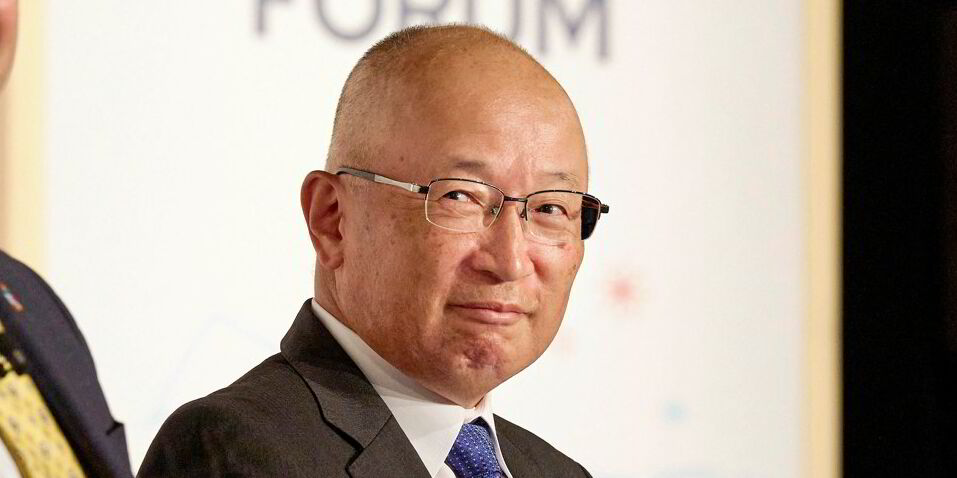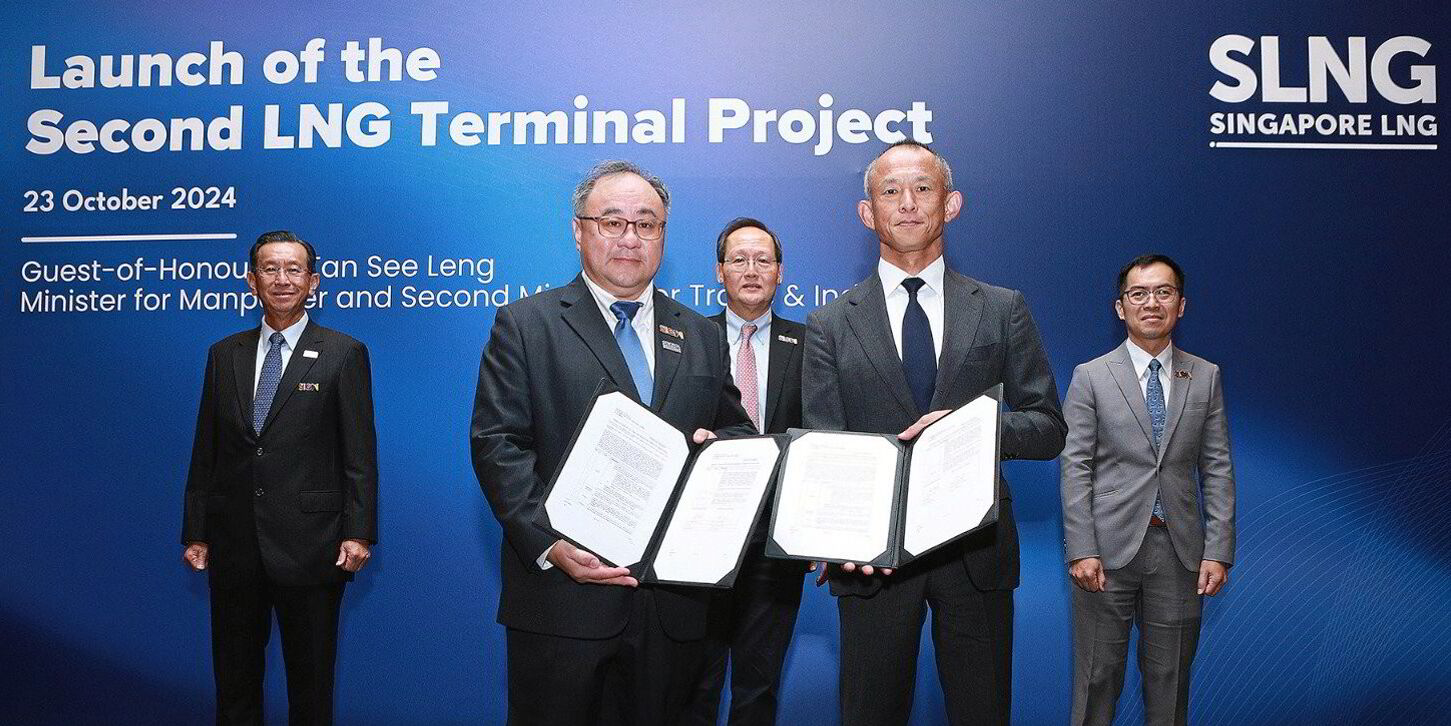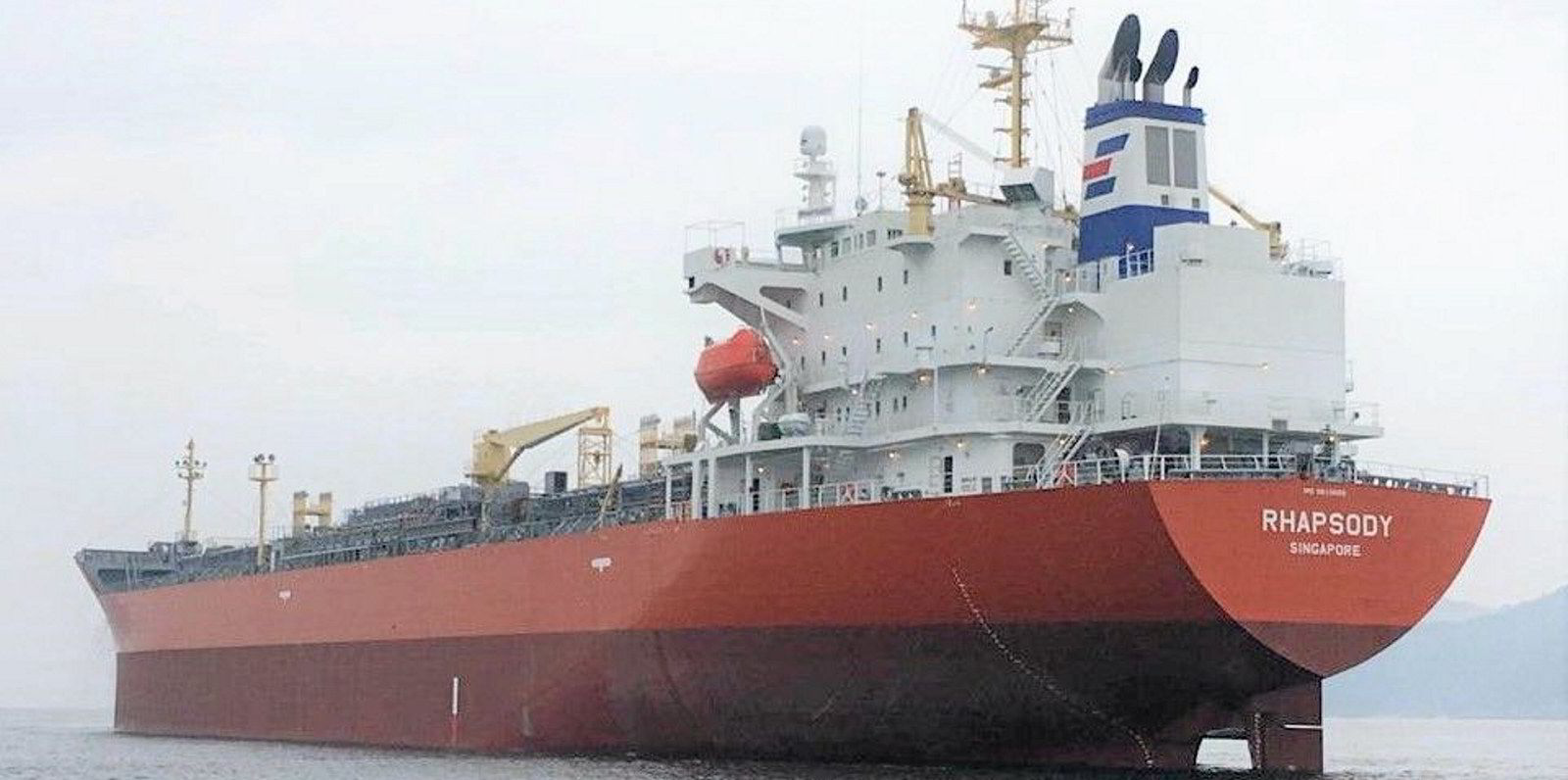Mitsui OSK Lines has reported a more than 50% increase in first-half net profit as it continues to reap the rewards of the red-hot container ship and energy markets.
The Japanese shipowner booked a net profit of almost ¥247bn ($1.6bn), against ¥151bn in the corresponding period last year.
Revenue for the first half came to ¥900.7bn against the ¥790bn achieved 12 months earlier.
The company said a sharp increase in freight rates in the container ship business and strong performance of the energy business contributed to the strong earnings.
MOL said profit from the container ship business significantly exceeded the previous forecast due to a sharp rise in spot rates. It added that the supply of vessels tightened due to an increase in shipping demand on routes from Asia to Europe and North America, and ships continued to transit via the Cape of Good Hope.
Earnings from the energy sector reached ¥277.4bn against ¥215bn over the same period of last year. However, the VLCC market did not perform as expected partly due to China’s faltering economic recovery.
“They [VLCC rates] were still higher than in the same period a year earlier, reflecting the impact of geopolitical risks such as tensions in the Red Sea amid an increase in tonne-miles resulting from the avoidance of Russian crude oil and continued growth in crude oil supplies from non-Opec+ countries such as the US and Brazil,” said MOL.
It added that rates for product tankers remained strong due to increased exports of petroleum products from the US and China and an increase in tonne-miles due to geo-political tensions between Russia/Ukraine and in the Red Sea.
MOL, which completed the takeover of Fairfield Chemical Carriers in March, said the chemical tanker company has contributed to its profit growth.
“The chemical tanker market rates remained favourable, reflecting an increase in tonne-miles, as many shipping companies opted to reroute through the Cape of Good Hope in the face of tensions in the Red Sea.”
On the LPG carrier market, MOL said the rate for the ship type has softened as congestion of the Panama Canal has eased, even though LPG shipments from the US remained firm.
On its dry bulk business, the company said capesize rates remained firm due to steady iron ore shipments from Western Australia and Brazil and bauxite shipments from West Africa.
“The panamax bulker market rates declined due to weak tonnage demand with the end of the peak season of grain shipments from South America in July, while the market rates of supramax bulker and smaller vessels remained firm due to steady cargo shipments of minerals, forest products and steel products.”
It added that the profitability of the dry bulk business also decreased because of one-time costs for vessel purchases and increased operational costs.
MOL, which controls close to 100 car carriers, said the business sector saw a year-on-year decline in shipping volume due to constraints on the vessel allocation associated with port congestion and the continued avoidance of certain routes in response to the Middle East conflict.
However, its profit has increased year on year due to favourable exchange rates and improved operation efficiency.
Looking ahead, MOL forecasts the capesize market to remain firm for the rest of 2024, underpinned by strong iron ore and bauxite shipments.
However, it is expecting profits of the dry bulk business as a whole to decline due to the results in the first half of the fiscal year.





